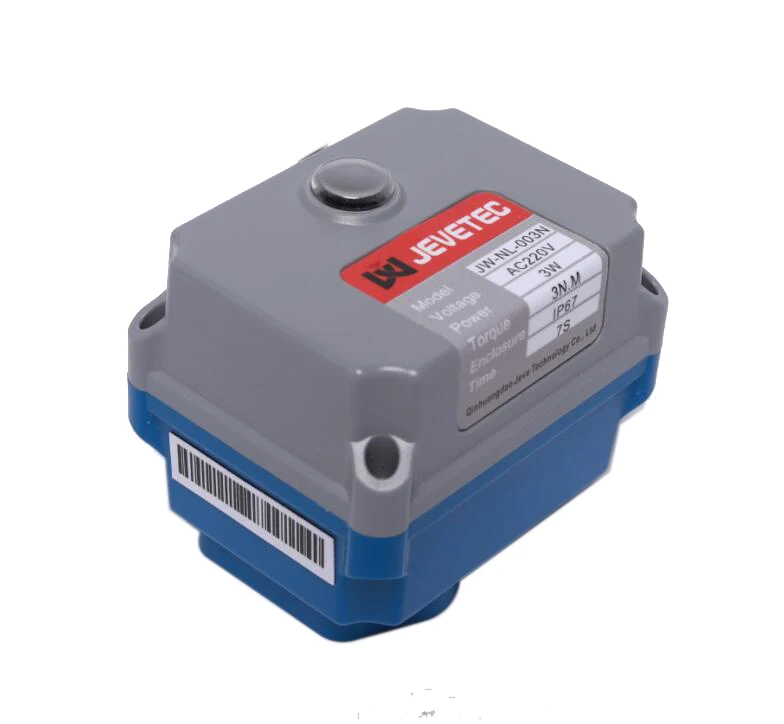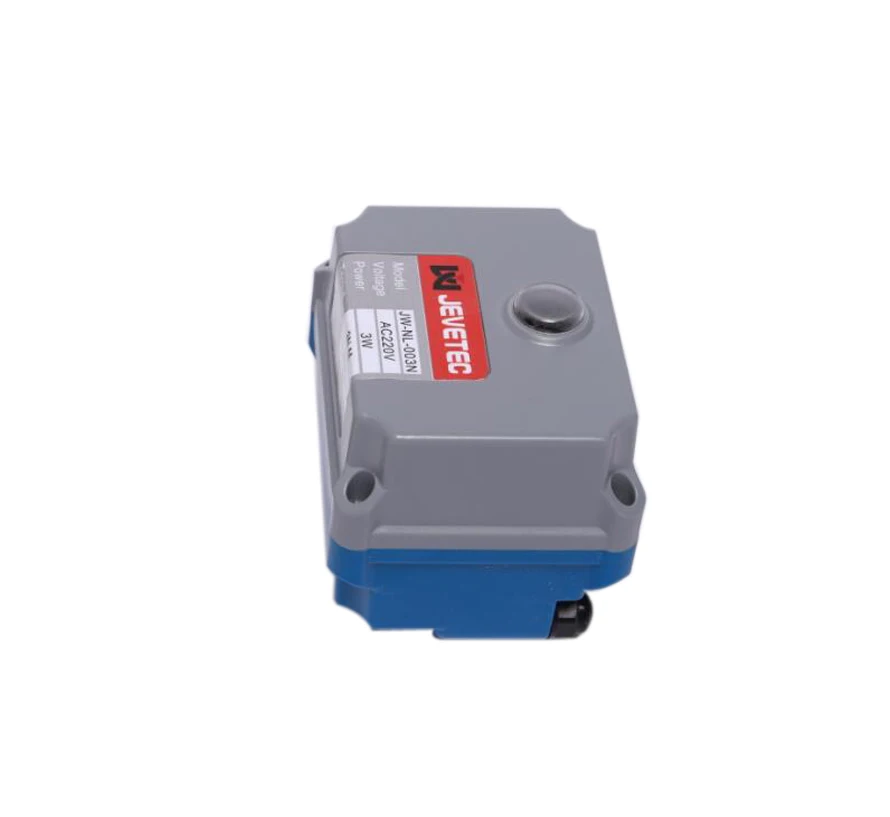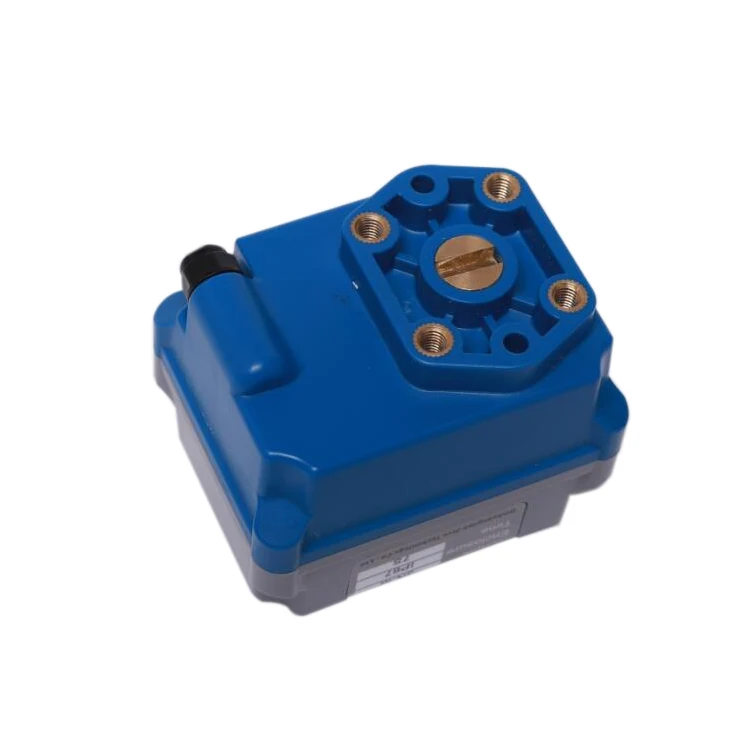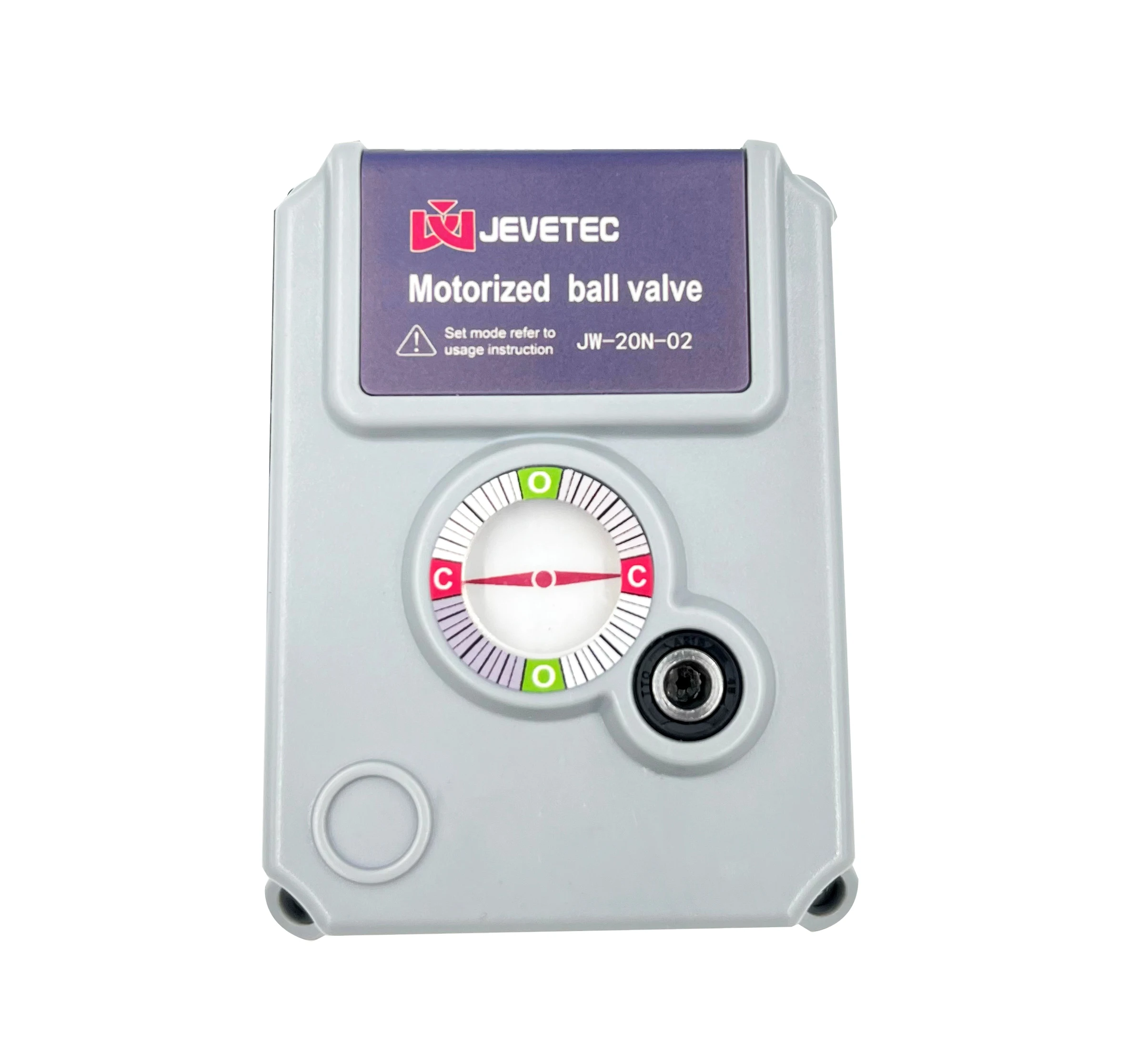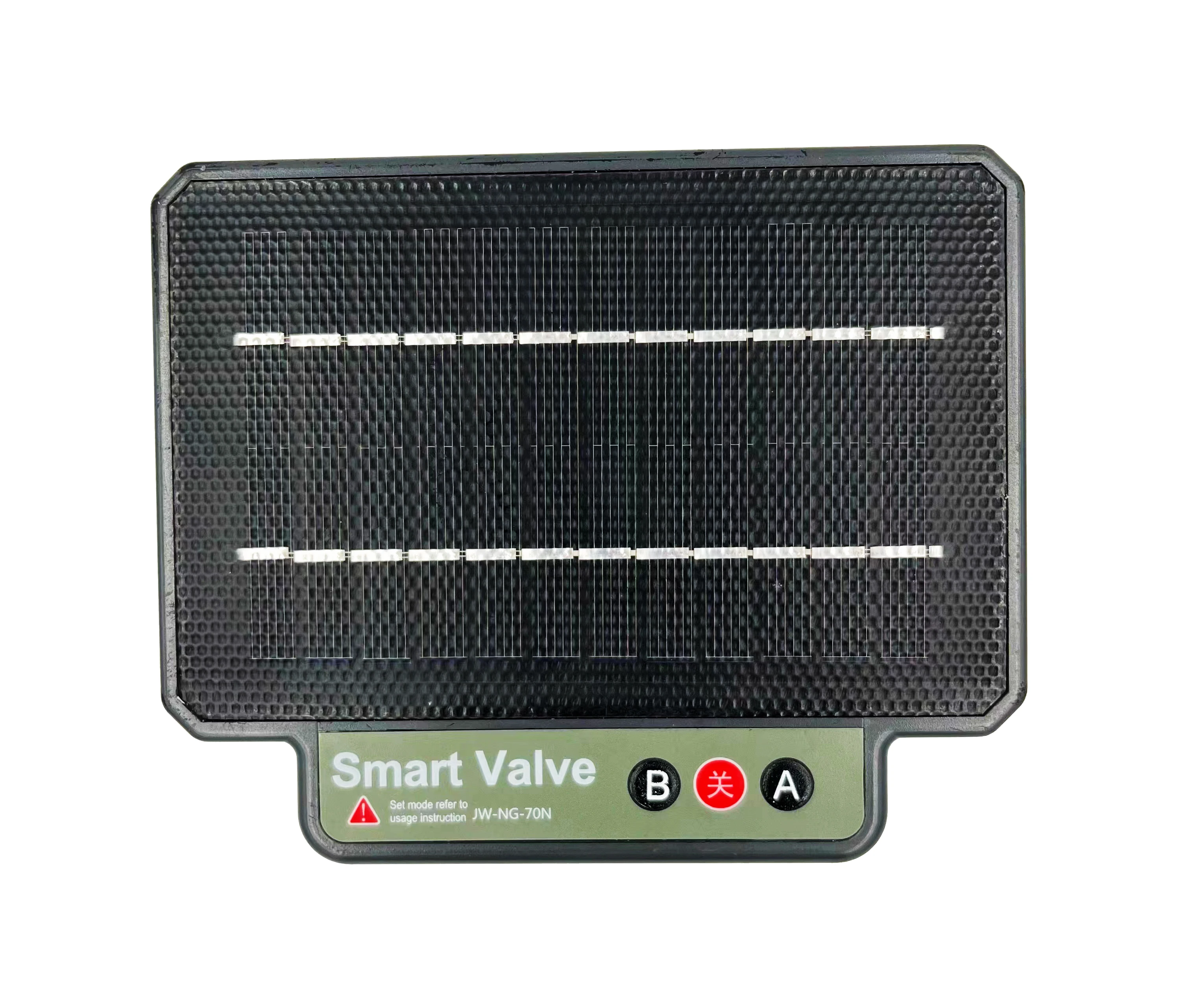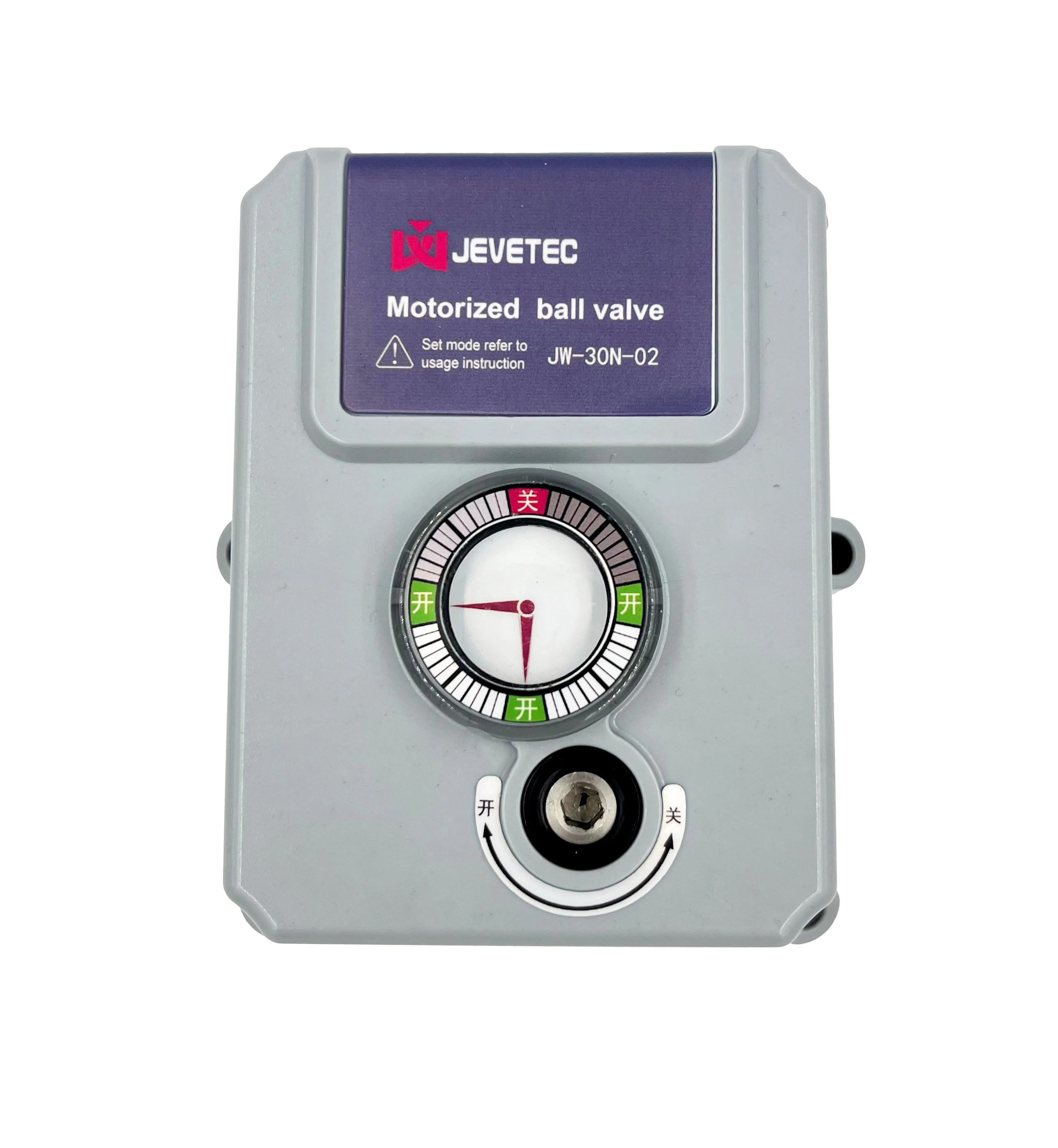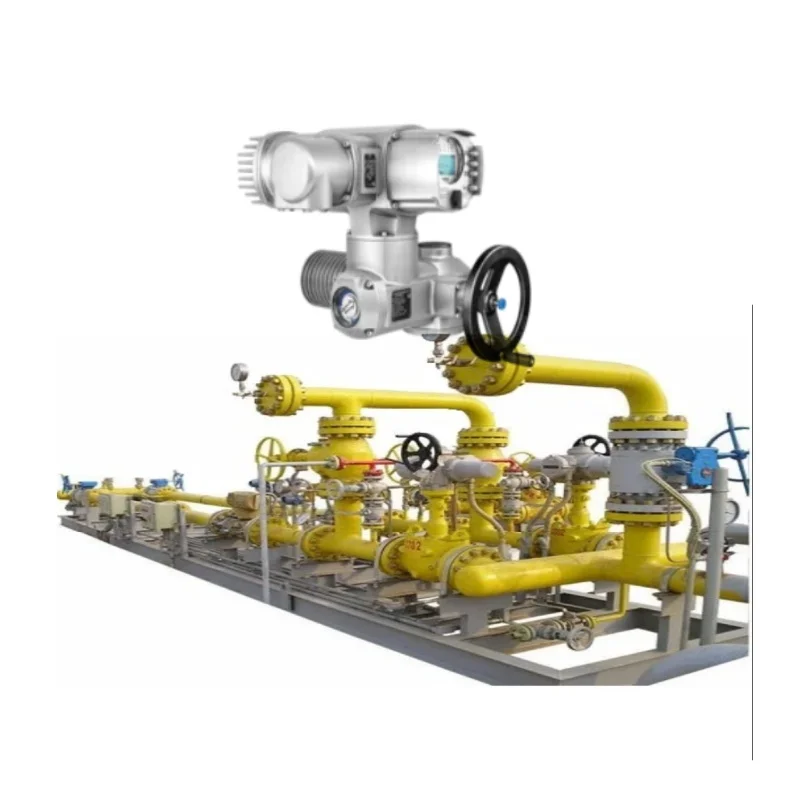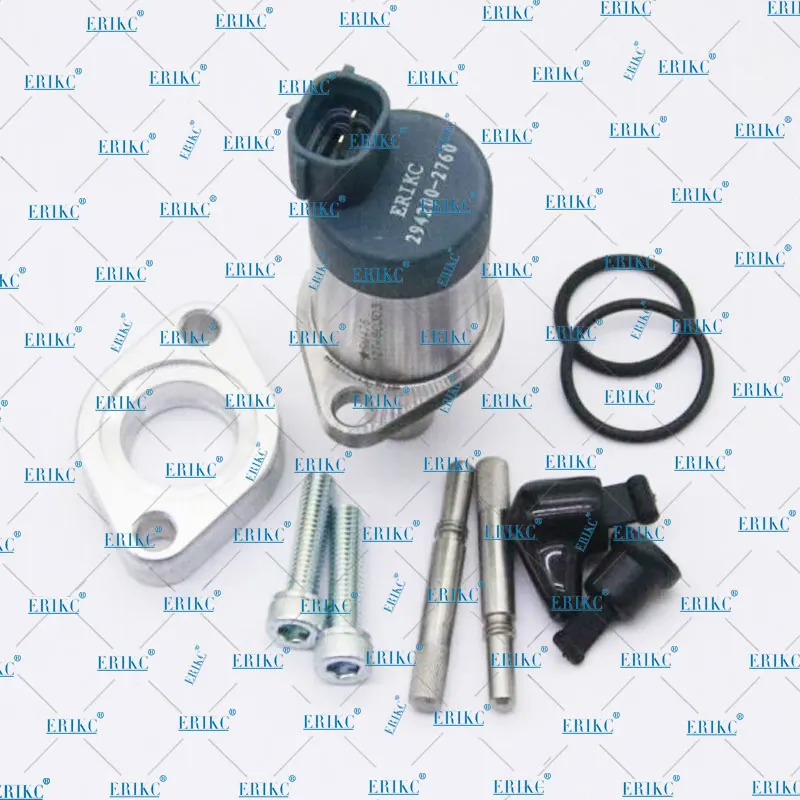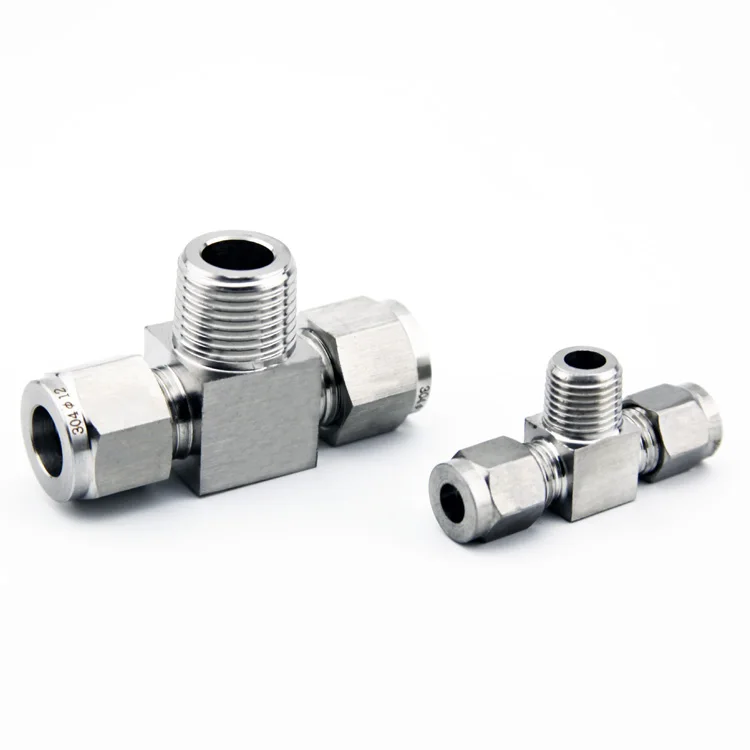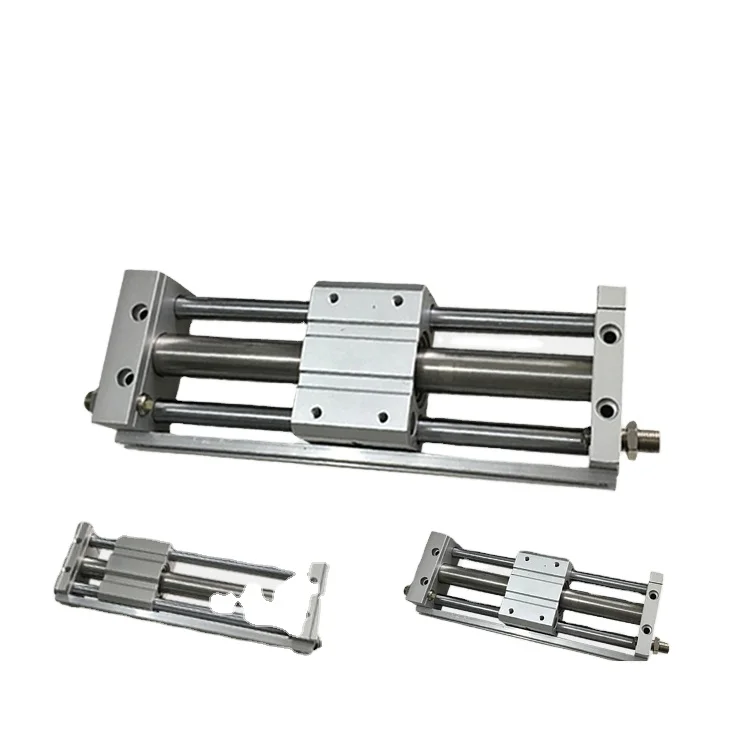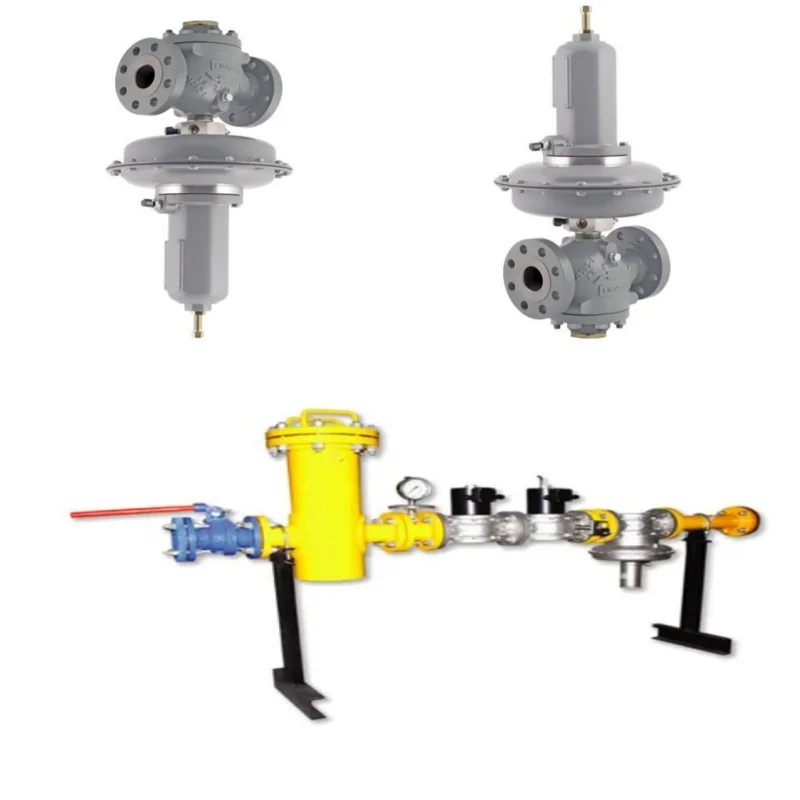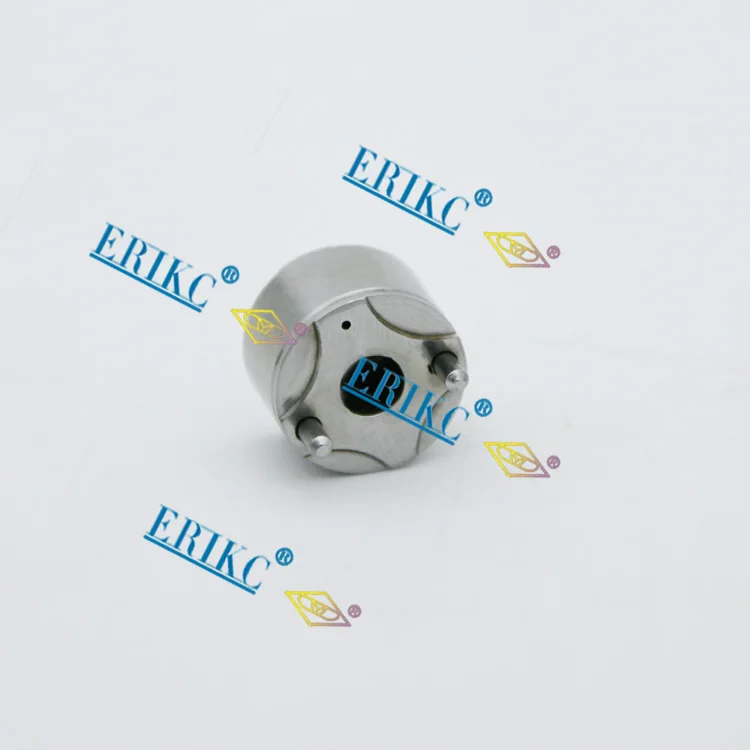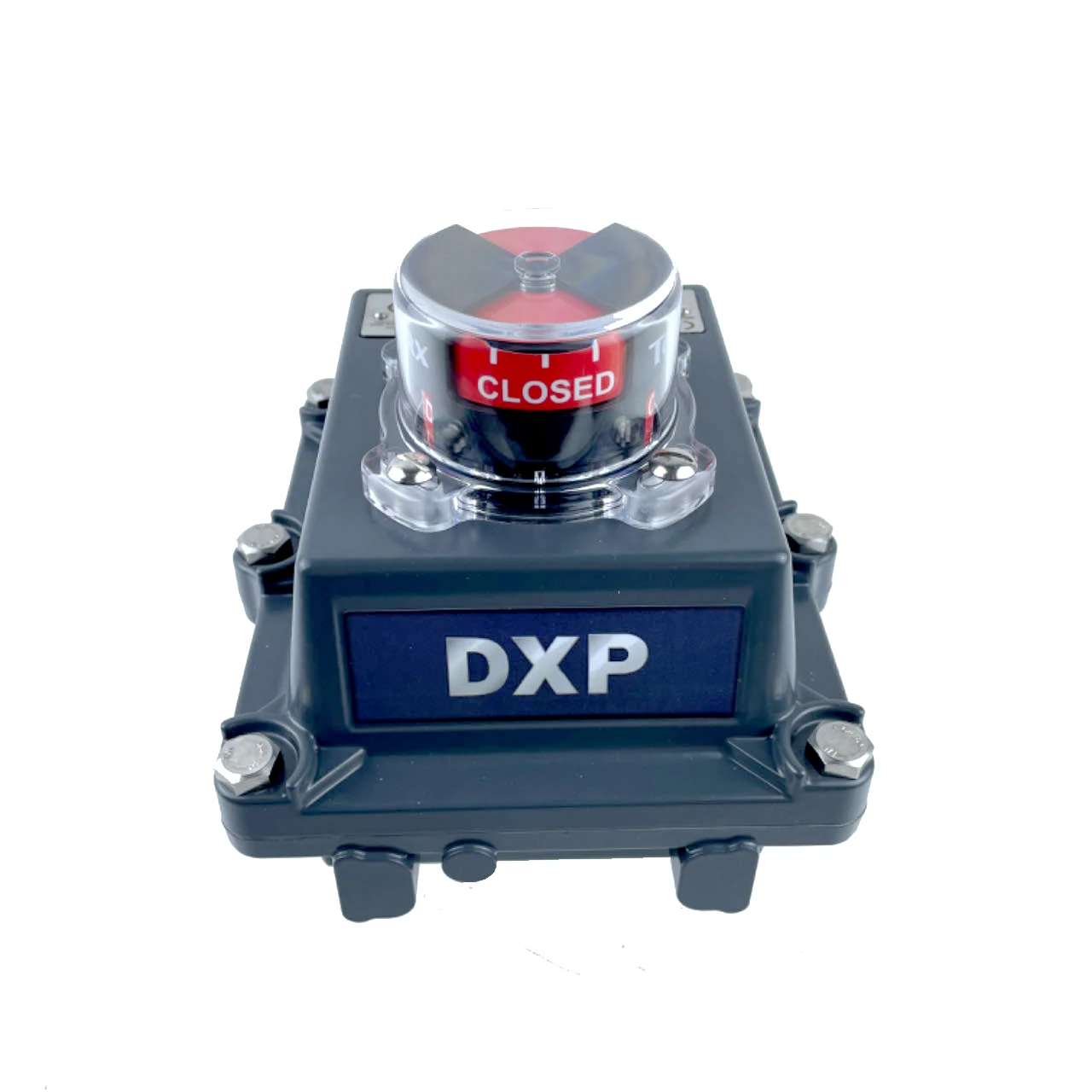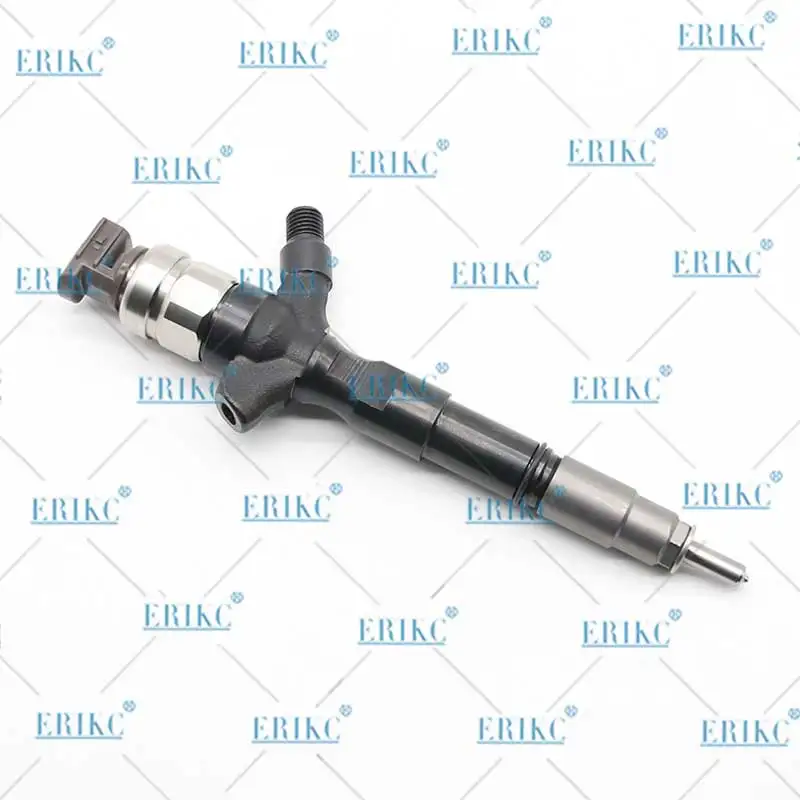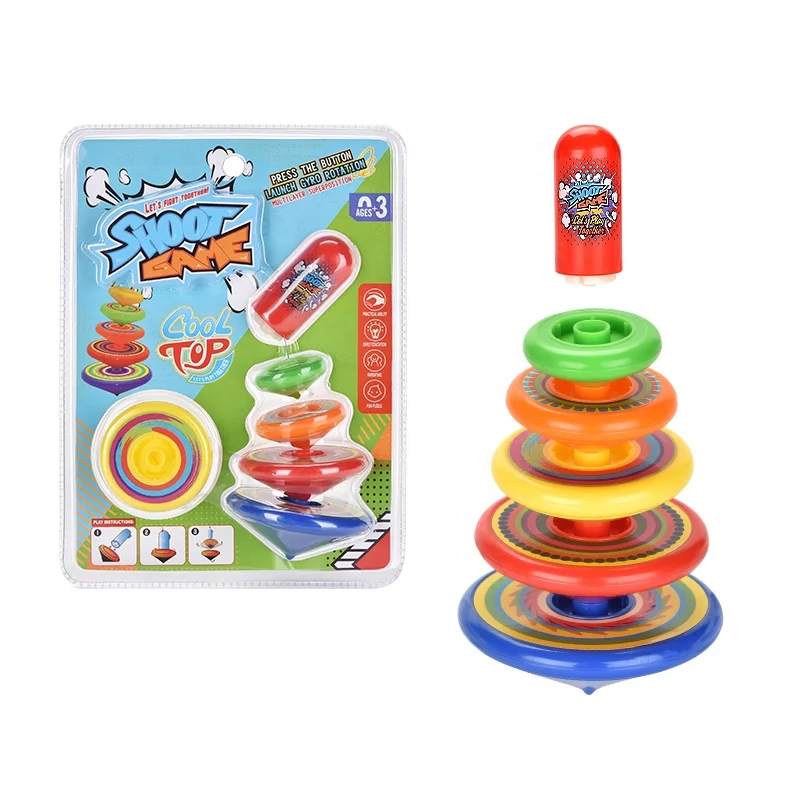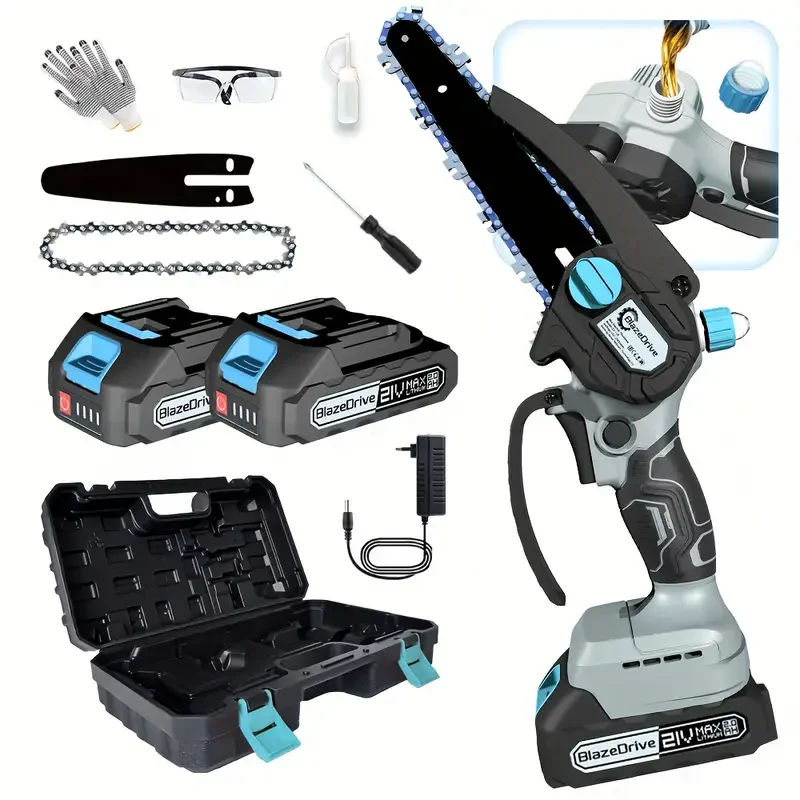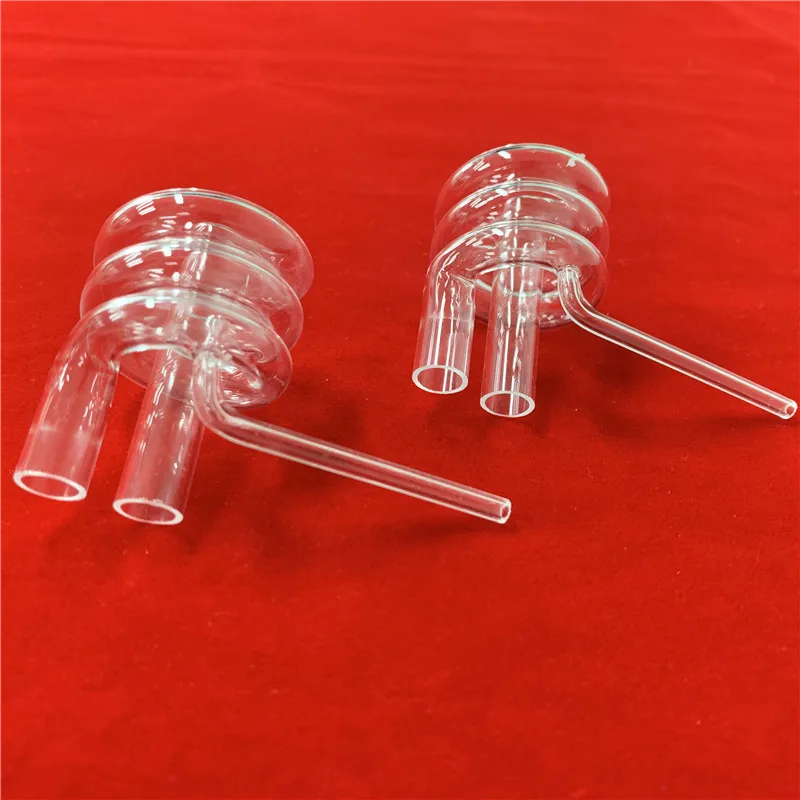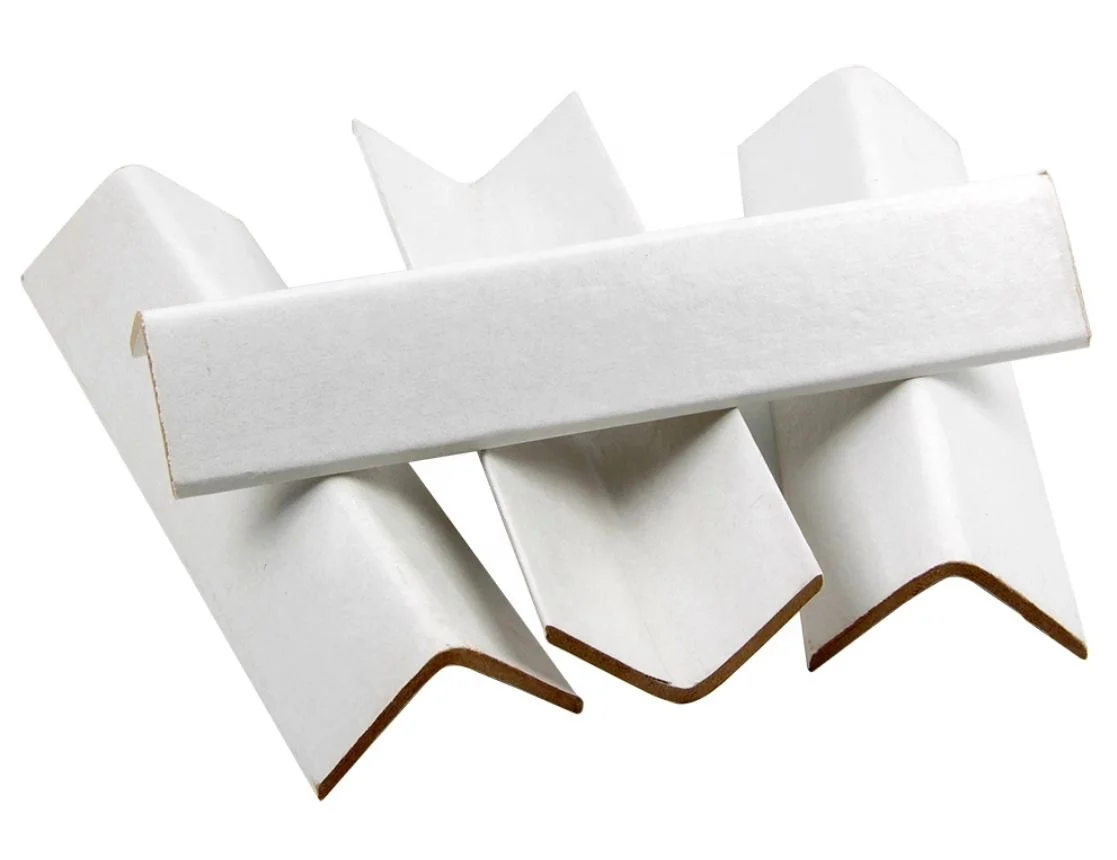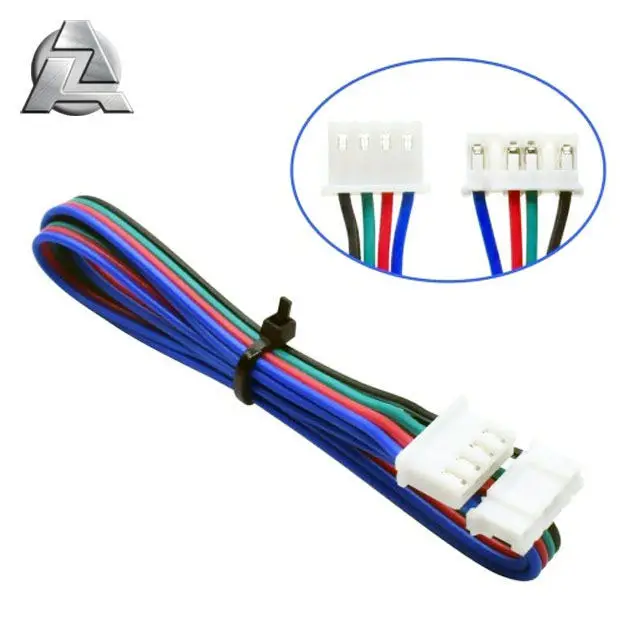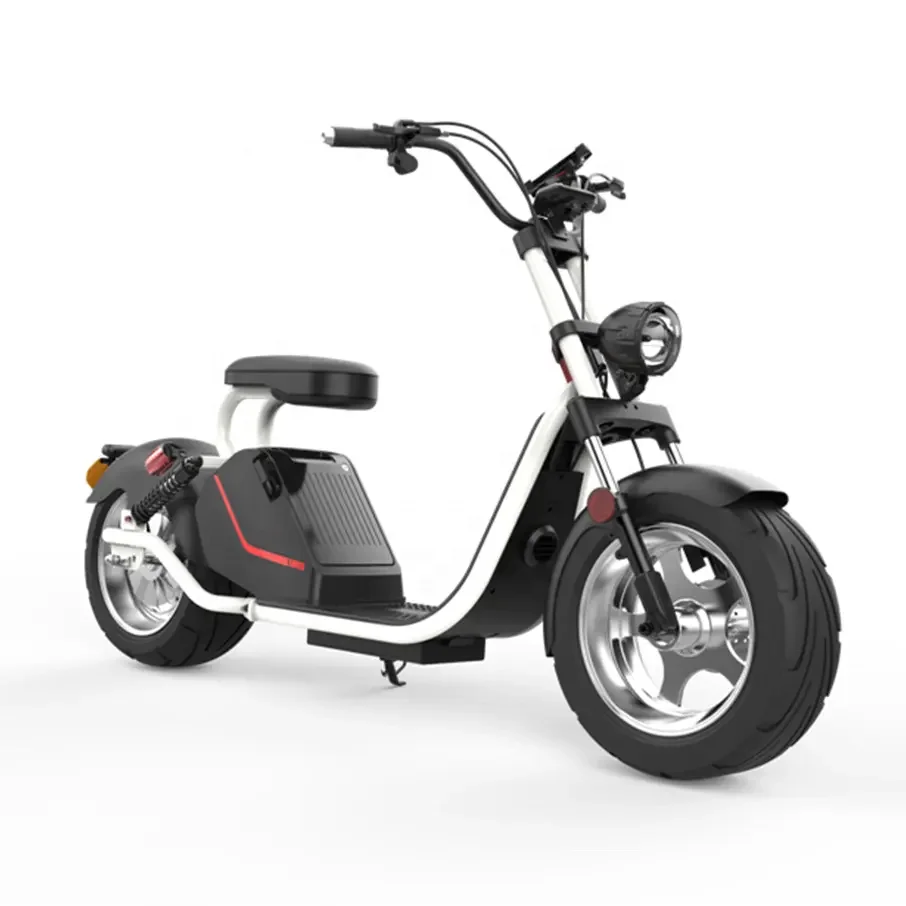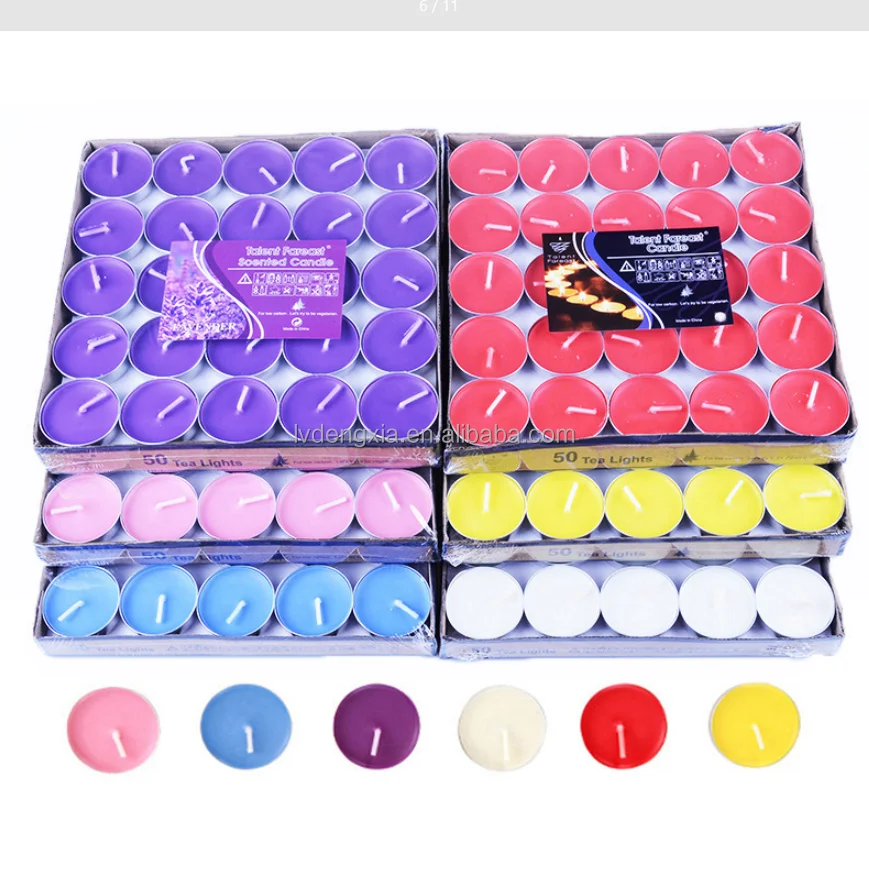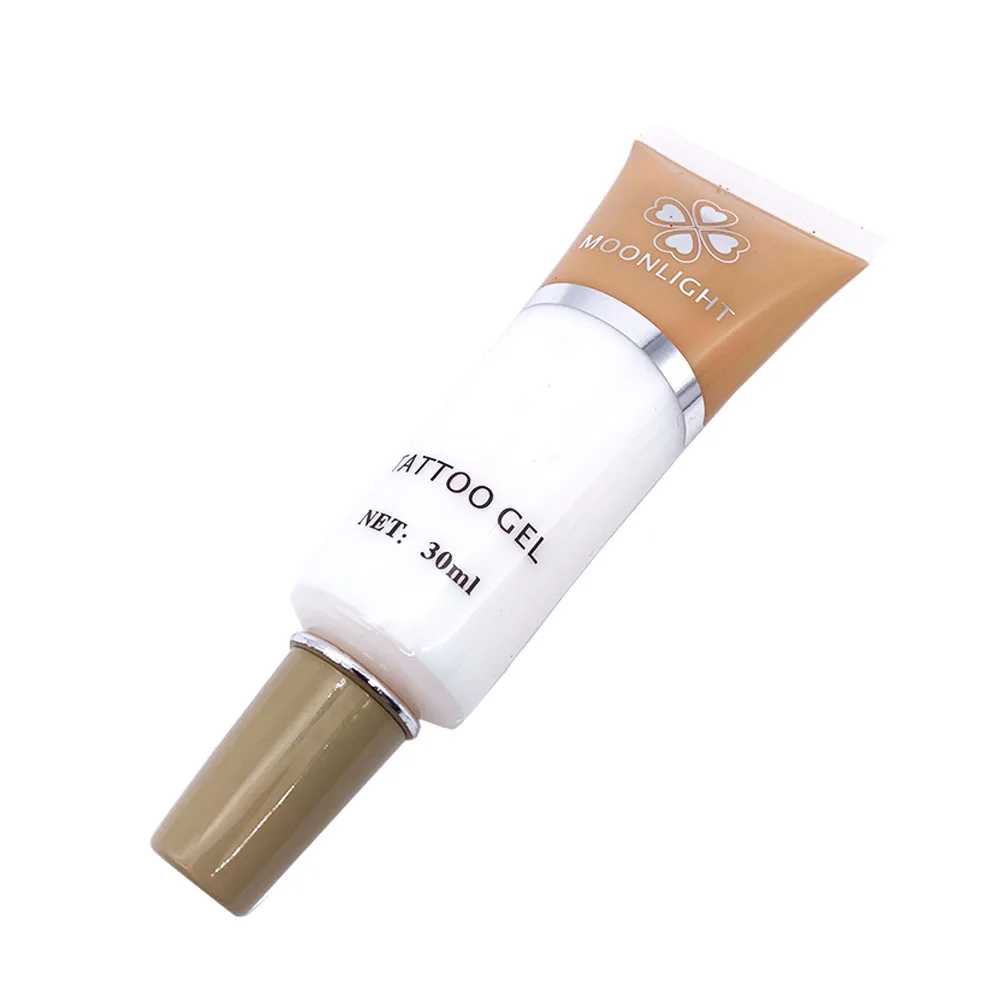Electric valve actuator regulator type, passive contact switch type
- Category: >>>
- Supplier: Qinhuangdao Yandakeli Plastic Co. Ltd.Qinhuangdao Ltd.
Share on (1601034918051):
Product Overview
Description












Q: The actuator on my automated valve operates, but the valve won’t turn. Why? | ||||||||
A: Most likely the valve stem or actuator coupling is broken. | ||||||||
Q: I’ve installed my automated valve in the line, but now I don’t know if the valve is in the open or closed position. How can I find out? | ||||||||
A: Remove the actuator from the valve and check the valve stem. Most ball valves have stem flats at right angles to the flow when the valve is in the off position. On butterfly valves check the stem flow arrow marking. | ||||||||
Q: How do I wire up my electric actuator? | ||||||||
A: Check the electric wiring schematic that came with the actuator for the correct hookup. Sometimes a copy is inside the actuator cover. If it is missing, don't guess about the connections. Call us for a schematic. | ||||||||

Q:Are you trading company or manufacturer ? | ||||||||
A:We are professional manufacturer,specialized in VALVES for 18+ years. | ||||||||
Q:Can you do OEM ? | ||||||||
A:Yes. We accept OEM based on considerable quantity | ||||||||
Q:How long is your delivery time? | ||||||||
A: 20-30 days after deposit.Urgent order can be negotiable. | ||||||||
Q:Do you provide samples ? | ||||||||
A:Absolutely! But we consider to receive small amount of sample fee as a sign of sincerely cooperation and will compensate it in products for your future order. | ||||||||

UPVC | Excellent chemical resistance to a wide variety of acids, alkalies, salt solutions and many other chemicals. It is attacked,however, by some solvents, aromatics and chlorinated organic compounds | 55℃ /131°F | 60℃/140°F | ||
CPVC | This material's chemical resistance are very similar to those of PVC. Its major advantage over PVC is the ability to handle hot corrosive liquids in service temperatures up to 180°F (82°C). | 82℃ /180°F | 110℃ /230°F | ||
PPH | It is a thermoplastic with low specific gravity and excellent chemical resistance to a wide range of acids, alkalies and organic solvents. It is also used in deionized water distribution. It is not recommended for use with strong oxidizing acids, chlorinated hydrocarbons and aromatics. | 90℃/195°F | 110℃/230°F | ||
PVDF | It is chemically resistant to most strong acids, mild alkalies, organic solvents, wet or dry chlorines, bromine and other halogens and is also used extensively in the conveyance of high purity deionized water due to its absence of colorants or additives | 140℃/284°F | 150℃/302°F | ||
FKM | This fluoroelastomer provides chemical resistance to a wide range of chemicals, concentrations and temperatures involving mineral acids, salt solutions, chlorinated hydrocarbons and petroleum oils. Although its chemical compatibility to most acids is excellent it can be mechanically swollen by some | 200℃/392°F | 230℃/446°F | ||
EPDM | This elastomer has good abrasion and tear resistance while offering excellent chemical resistance to a variety of acids, alkalines, alcohols and oxidizing chemicals. However, it is susceptible to attack by oils. | 90℃/195°F | 120℃/248°F | ||
Notice:The above chart can give you some guide to select the right product for your project,But It’s only for reference. Kindly advice you consult in our technical team

Don't hesitate~
Contact us now!
You can receive the below documents of this 3-way ball valve in PDF or JPG
1) Production Catalog
2) All available Wiring Diagram
3) 5USD coupon
The mean of pipe standard
Notice: In order to avoid buying the unsuitable valve, Please see below chart before you choose the valve,
Please note that different country have different pipe standard.
Normal size | Mean outside diameter mm | ||||||
B.S. | ANSI. | JIS | DIN | ||||
1/2'' | 21.2 | 21.34 | 22.00 | 20 | |||
3/4'' | 26.6 | 26.67 | 26.00 | 25 | |||
1'' | 33.4 | 33.40 | 32.00 | 32 | |||
1-1/4'' | 42.1 | 42.16 | 38.00 | 40 | |||
1-1/2'' | 48.1 | 48.26 | 48.00 | 50 | |||
2'' | 60.2 | 60.28 | 60.00 | 63 | |||
2-1/2'' | 75.2 | 73.03 | 76.00 | 75 | |||
3'' | 88.7 | 88.90 | 89.00 | 90 | |||
4'' | 114.1 | 114.3 | 114 | 110 | |||
5'' | 140 | - | 140 | 140 | |||
6'' | 160 | 168.3 | 165 | 160 | |||
8'' | 225 | 219.1 | 216 | 200 | |||
10'' | 200 | 273.1 | 267 | 250 | |||
12'' | 315 | 223.9 | 318 | 315 | |||
We Recommend
New Arrivals
New products from manufacturers at wholesale prices
